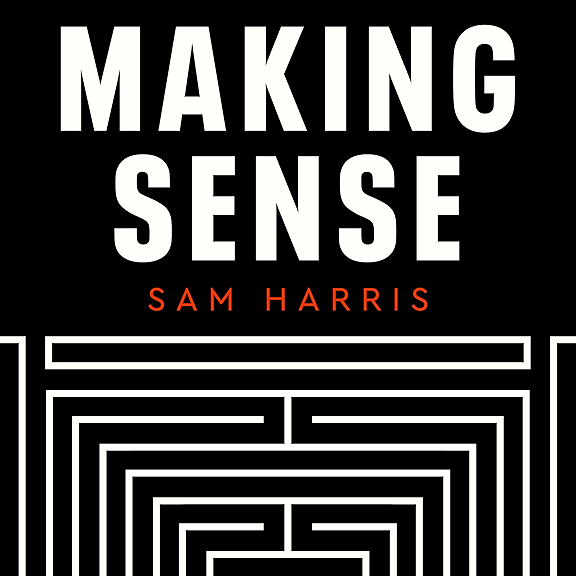
00:45 The neuroscience of fentanyl addiction
Research in mice has shown that fentanyl addiction is the result of two brain circuits working in tandem, rather than a single neural pathway as had been previously thought. One circuit underlies the positive feelings this powerful drug elicits, which the other was responsible for the intense withdrawal when it is taken away. Opioid addiction leads to tens of thousands of deaths each year, and the team hopes that this work will help in the development of drugs that are less addictive.
Research Article: Chaudun et al.
09:16 Research Highlights
How an ‘assembloid’ could transform how scientists study drug delivery to the brain, and an edible gel that prevents and treats alcohol intoxication in mice.
Research Highlight: Organoids merge to model the blood–brain barrier
Research Highlight: How cheesemaking could cook up an antidote for alcohol excess
11:36: Briefing Chat
Why babies are taking the South Korean government to court, and Europe’s efforts to send a nuclear-powered heater to Mars.
Nature News: Why babies in South Korea are suing the government
Nature News: Mars rover mission will use pioneering nuclear power source
Hosted on Acast. See acast.com/privacy for more information.




















